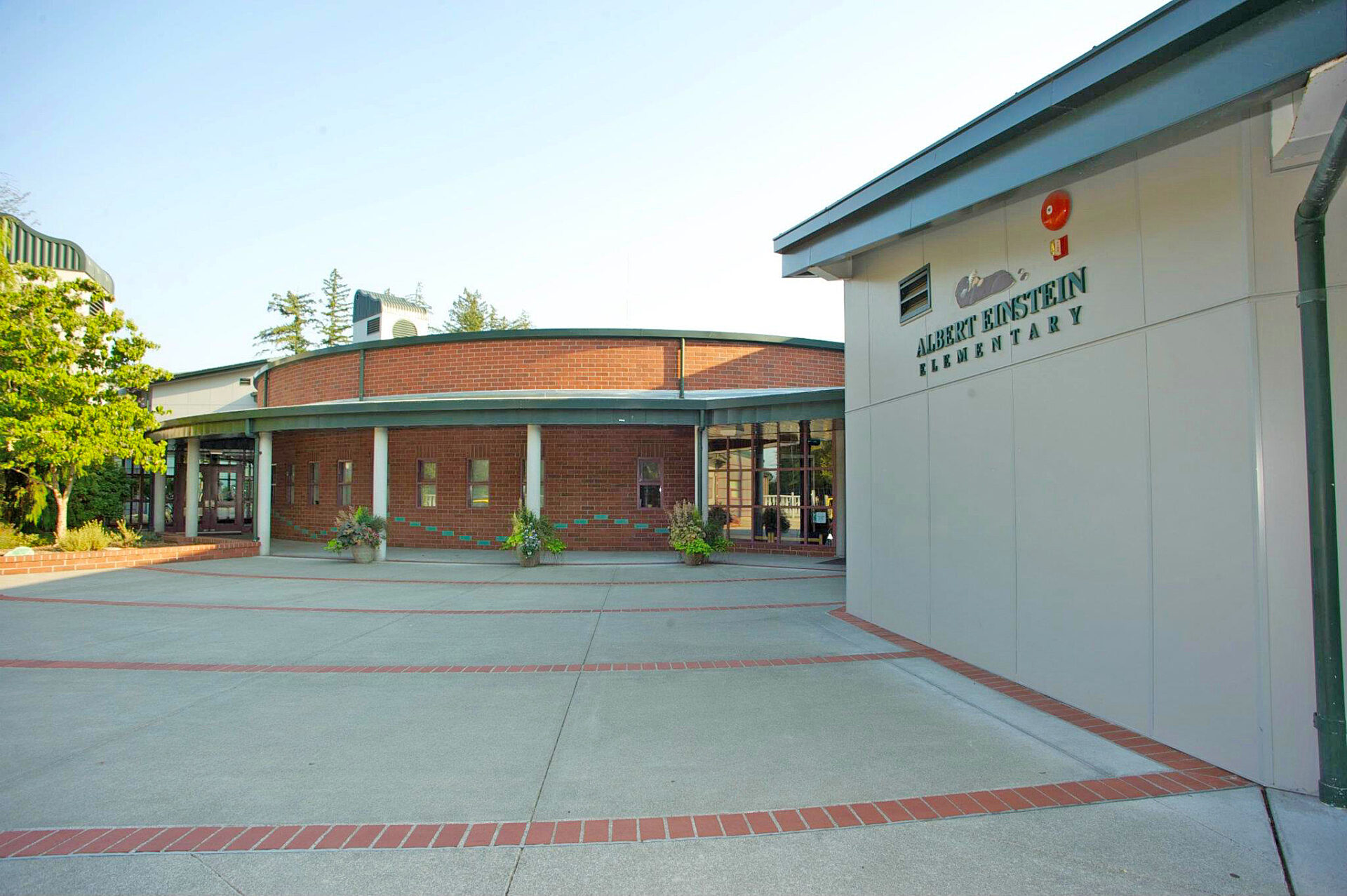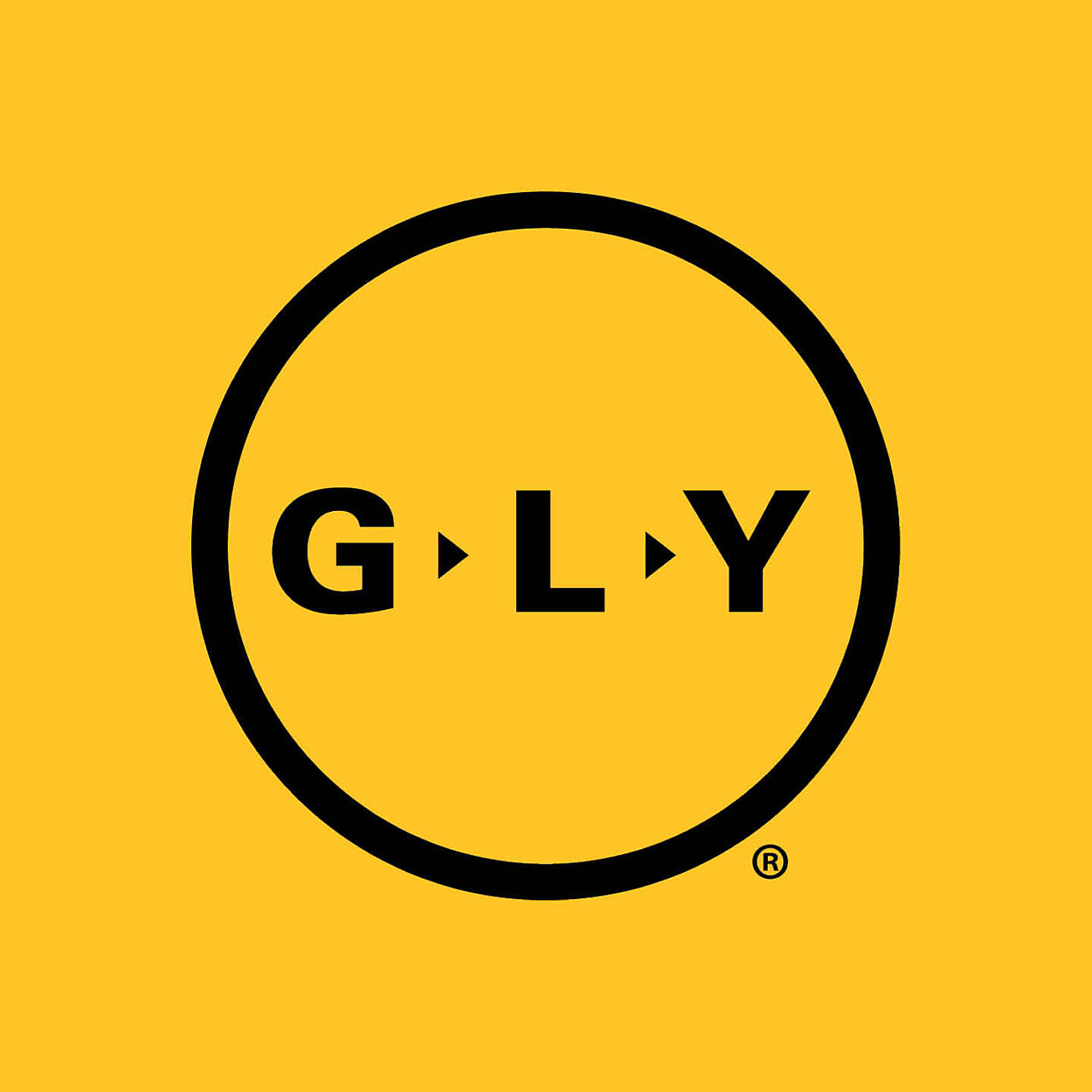Collaborative Delivery

Insights 12.04.2024
Seismic Upgrades: Building Resilience for Safer Schools
Read More

GLY
Last month we attended the Design-Build Institute of America’s first ever Northwest Regional Conference. The goal? To share lessons learned from owners and practitioners applying Design-Build approaches across the Northwest.
The conference consisted of a series of panel discussions moderated by University of Washington Executive Director of Major Capital Projects, Steve Tatge, and Hennebery Eddy Architects Associate Principal, Jon McGrew, AIA, DBIA, around the following topics:
Interestingly, many of our key takeaways share a common theme: a lack of clarity and understanding about roles, responsibilities and expectations.
Owners look for cost certainty and collective management of contingency.
Owners want to see more transparency in risk management. Identifying relatively unknown risks requires skills, knowledge, and experience. Using a risk register as a communication tool—transparently tracking all identified issues—allows the whole team to effectively manage risk together.
Owners need teams to provide clear direction on what decisions need to be made and when.
This title is a misnomer. Nobody wants the contractor to manage the design process. This role would be more accurately described as a Design Integrator, someone with the skills to bring together all necessary team members at the appropriate times and effectively move the process forward. We also heard this role more accurately described as a Generalist, Process Manager, and Design Advocate.
Read Director of B+H Advance Strategy Bryan Croeni’s philosophy on the the role and title of Design Manager in this accompanying blog post: progressive design-build requires new mindset.
The nature of progressive design-build requires leadership of an individual who possesses the right balance of hard [technical] and soft [emotional intelligence] skills to bring out the best in the whole team. There was an interesting discussion about the key attributes and core responsibilities of the critical [if inaptly named] Design Manager.
Forward thinking: the ability to anticipate designer and owner needs, problem solve, and create solutions drawing on experience and current context.
Fluid: panelist Shardul Singh, a highly respected Design Manager from KATERRA, views the role as the ability to fluidly manage the gray/white area between the architect, owner, GC, and engineering consultants.
Compassionate + empathetic: the ability to listen to and respect the diverse perspectives of every member of both the internal and larger design-build team.
Excellent organizational skills: successful design-build relies on every team member doing their part at the right time, in the right place, and with the right information. It is essential that the Design Manager has the experience and skills to know the status of the team with regard to any given issue at all times, tracking against project milestones and ensuring timely decision-making by all parties.
GLY has always placed great importance on our soft skills, including communication, facilitation, open-mindedness and empathy. Our early approach to staffing, teaming, and developing thorough meeting and collaboration plans at the Expedia Seattle Campus project has paid significant dividends in paving the way for a smooth, flexible process. On this particular project, where work occurs onsite over the course of 5+ years, our ability to be fluid and flex to accommodate the project’s inevitable ebbs and flows has been greatly facilitated by the incredibly well thought-out plan and process we established in collaboration with the extended team at project start-up.